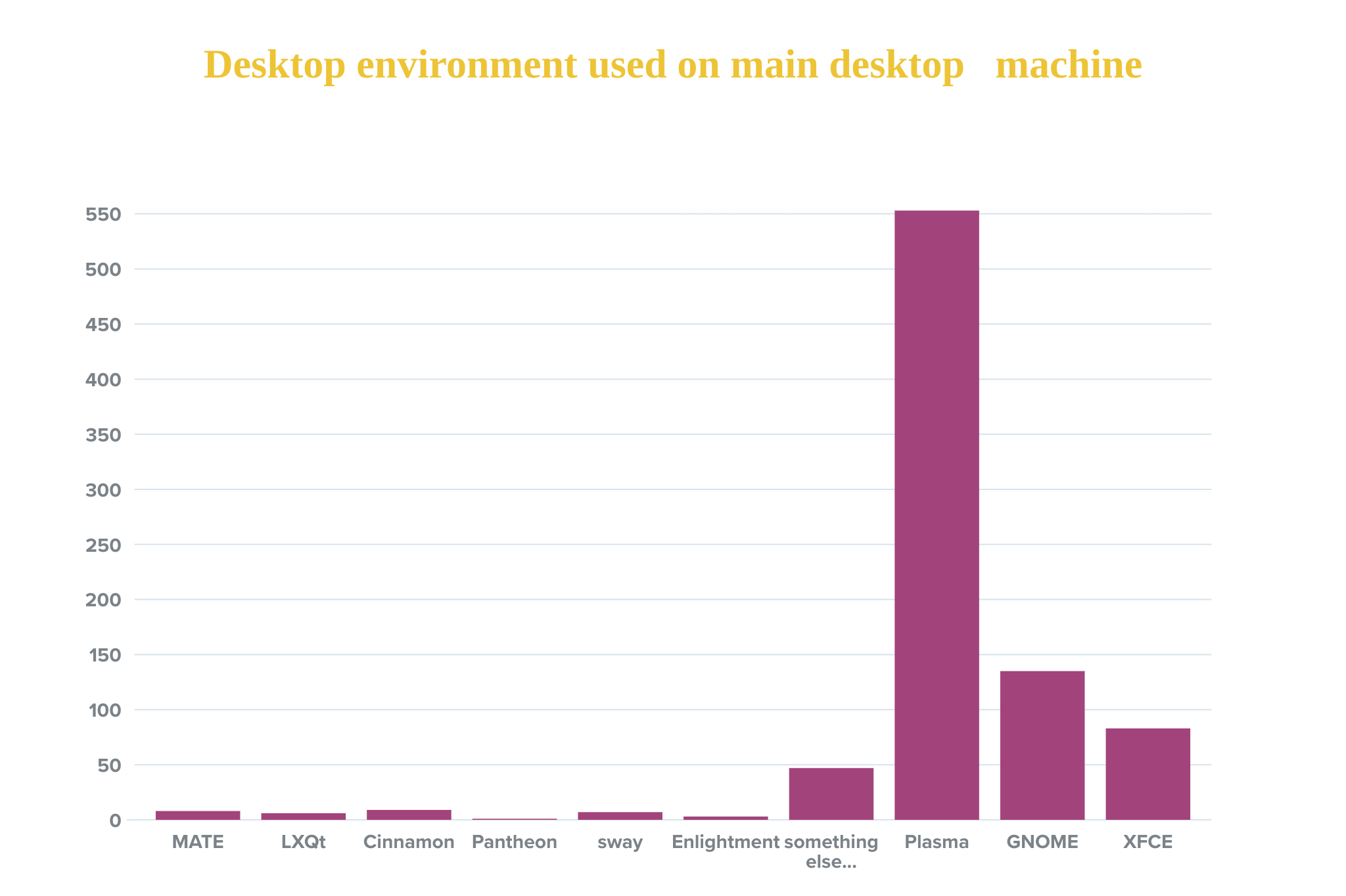openSUSE Community Publishes End of Year Survey Results
7. Jan 2021 | Douglas DeMaio | CC-BY-SA-3.0

The openSUSE community has published the End of the Year Community Survey results.
The results provided some significant information about the project’s tools, its distributions, the demographics of the users as well as how the community is contributing to the project.
The highest percentage of users were between the ages of 35 and 49, according to the results. More than half the respondents were from Europe; the Americas made up roughly a quarter of the respondents and Asia 10 percent. Both Oceania and Africa respondents had similar percentages below 2 percent.
The respondents were predominantly males working in the IT industry with more than 10 years experience with a NIX system; almost half were college educated. A little less than 20 percent were pursuing an education and under the age of 25. Many identified themselves as tech hobbyists and used both openSUSE Leap and Tumbleweed equally. A majority of contributors to the project provided user support or did packaging and maintenance.
The majority of respondents used KDE’s Plasma for their desktop environment followed closely by GNOME and Xfce respectively; more than 92 percent were satisfied or very satisfied with the desktop environment. Use of Graphics Processing Units were pretty evenly split between Intel, Nvidia and AMD respectively.
Less than 900 respondents identified pain points, which were evenly spread around topics like finding software, installing software, installation, unsupported hardware and documentation. A large majority were unaware of openSUSE on mobile, but expressed interest in the comments section.
Many seemed to be motivated to try openSUSE from blogs, magazine articles or through podcasts, yet a large majority of respondents felt openSUSE was underrated/underrepresented by open source and Linux influencers.
More details about the End of the Year Community Survey results can be found on the openSUSE Wiki.